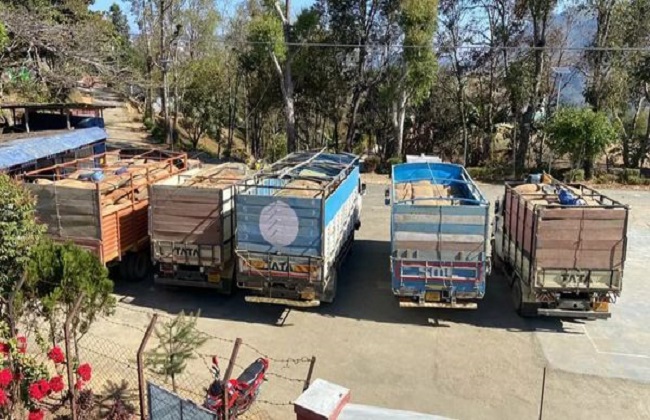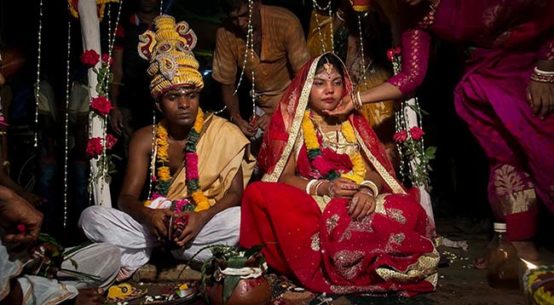
It’s alarming to know that syndicates both inside and outside the country are active in smuggling fake currency and drugs including phensedyl despite regular checking at the borders. Reportedly, a transnational currency forgery gang has joined hands with a group of Bangladeshi drug traffickers to bring in phensedyl from India using fake Indian rupees printed in Pakistan. Law enforcers have reportedly been able to identify and apprehend some members of the gangs that include Pakistani nationals as well. Apparently, criminals are using the sea routes to bring in fake notes from Pakistan.
These counterfeit notes ultimately find their way to their gang members in India to pay for the phensedyl bought there. According to intelligence sources, the nexus of criminals also uses the fake notes to buy drugs like marijuana and uses Bangladesh as a transit route due to its favourable geographical position. We appreciate the fact that the detective branch of Bangladesh Police worked for months to gain actionable information and initially arrested eight members of the gang, including a fake rupee notes dealer, between November 27 and February 7. According to police, fake notes worth 7.45 crore rupees have also been seized from their possession.
However, what we find quite intriguing is that once the fake notes reach the Chattogram port, these are smuggled into India through different border points in Chapainawabganj, Benapole, Sunamganj, Rangpur and Rajshahi. If one calculates the distance between Chattogram port and the bordering areas, questions arise as to how the smugglers or their couriers can carry them undetected all the way. The long route has many check posts at different points. We think the Chattogram port authority should do its own investigation to apprehend the criminals involved in smuggling of counterfeit Indian notes by cargo ships, especially those coming from Pakistan. If they increase their surveillance of the containers and of the workers handling them, it will work as a deterrent for smugglers in the future.
Unfortunately, smuggling of various commodities including contraband items across the long and porous borders between Bangladesh and India has been taking place on a regular basis. We feel that these sensitive places need to be better manned and monitored by the law enforcing agencies of both countries to deter transnational criminal gangs.
In the first nine months of this year, more than 60 percent of the accused got acquitted in drug-related cases, and narcotics control officials blame the poor conviction rate mainly on the faulty charge sheets and a lack of witnesses. In the circumstances, most of the criminals are going back to the drug trade once they come out of jail, police and narcotics control officials say. Different courts delivered judgments in 11,862 drug cases between January and September this year, acquitting 9,231 of the 15,212 accused, show data from the Police Headquarters. Around 55 percent suspects were acquitted in 2015 and 56 percent last year.


